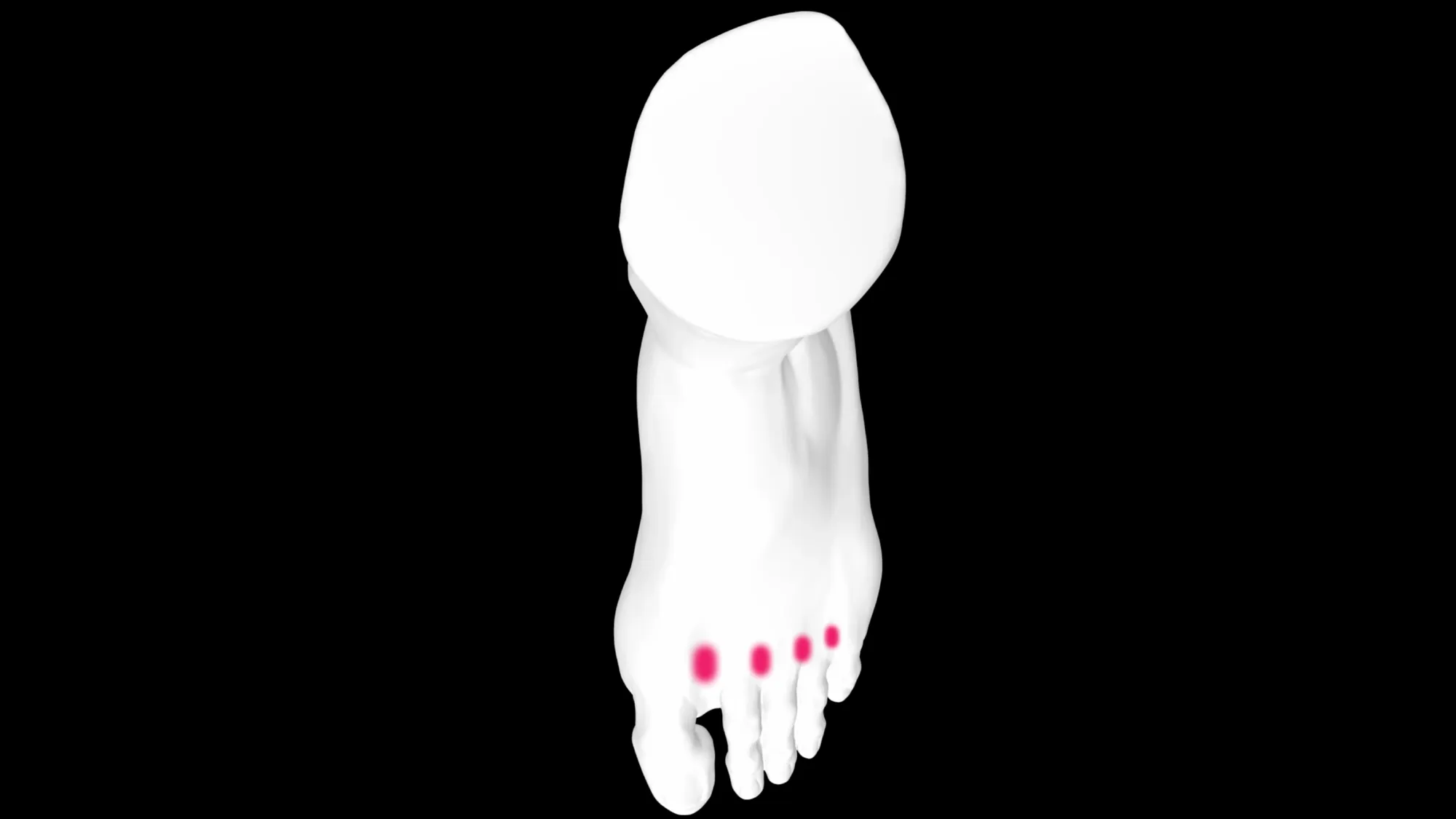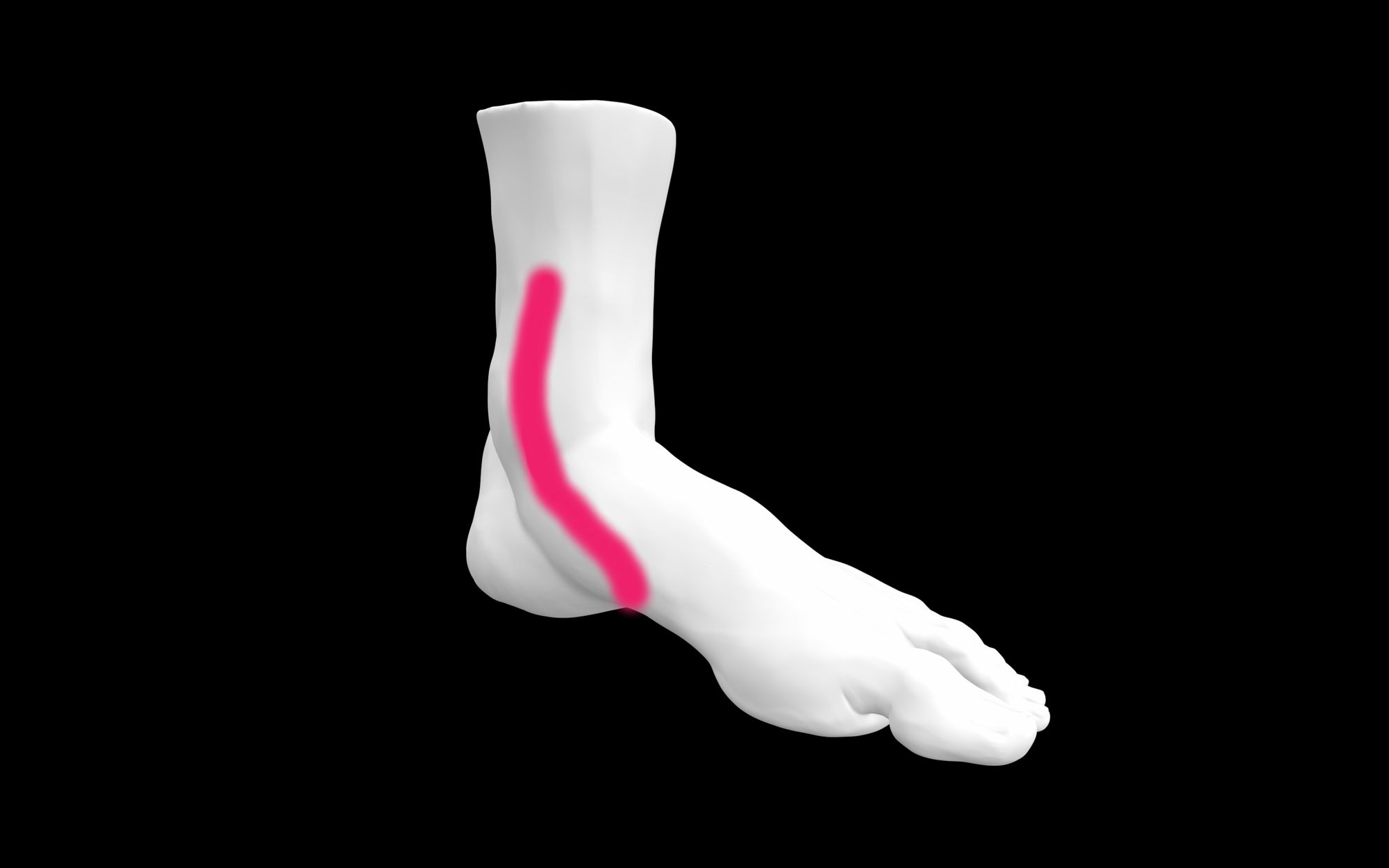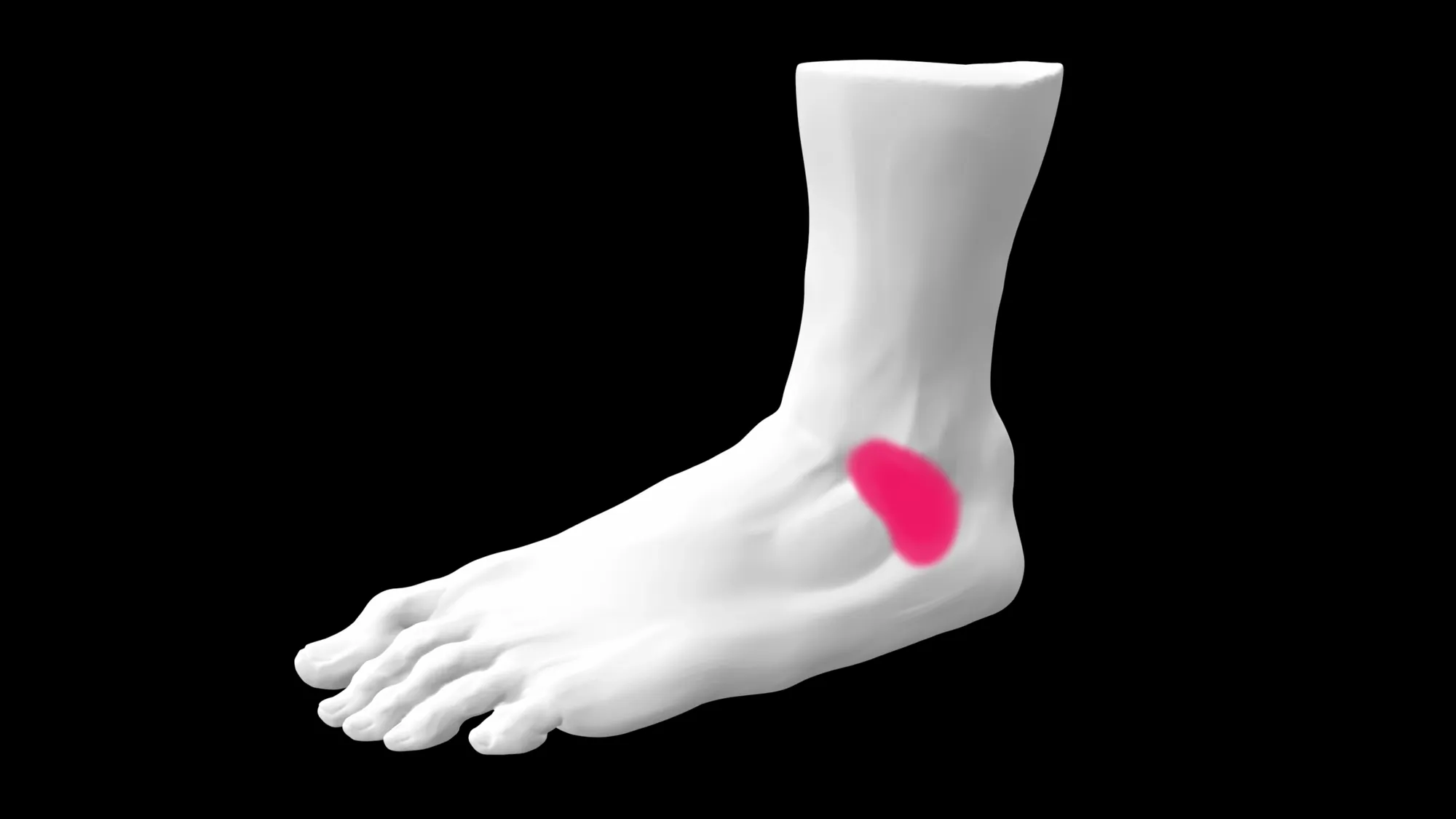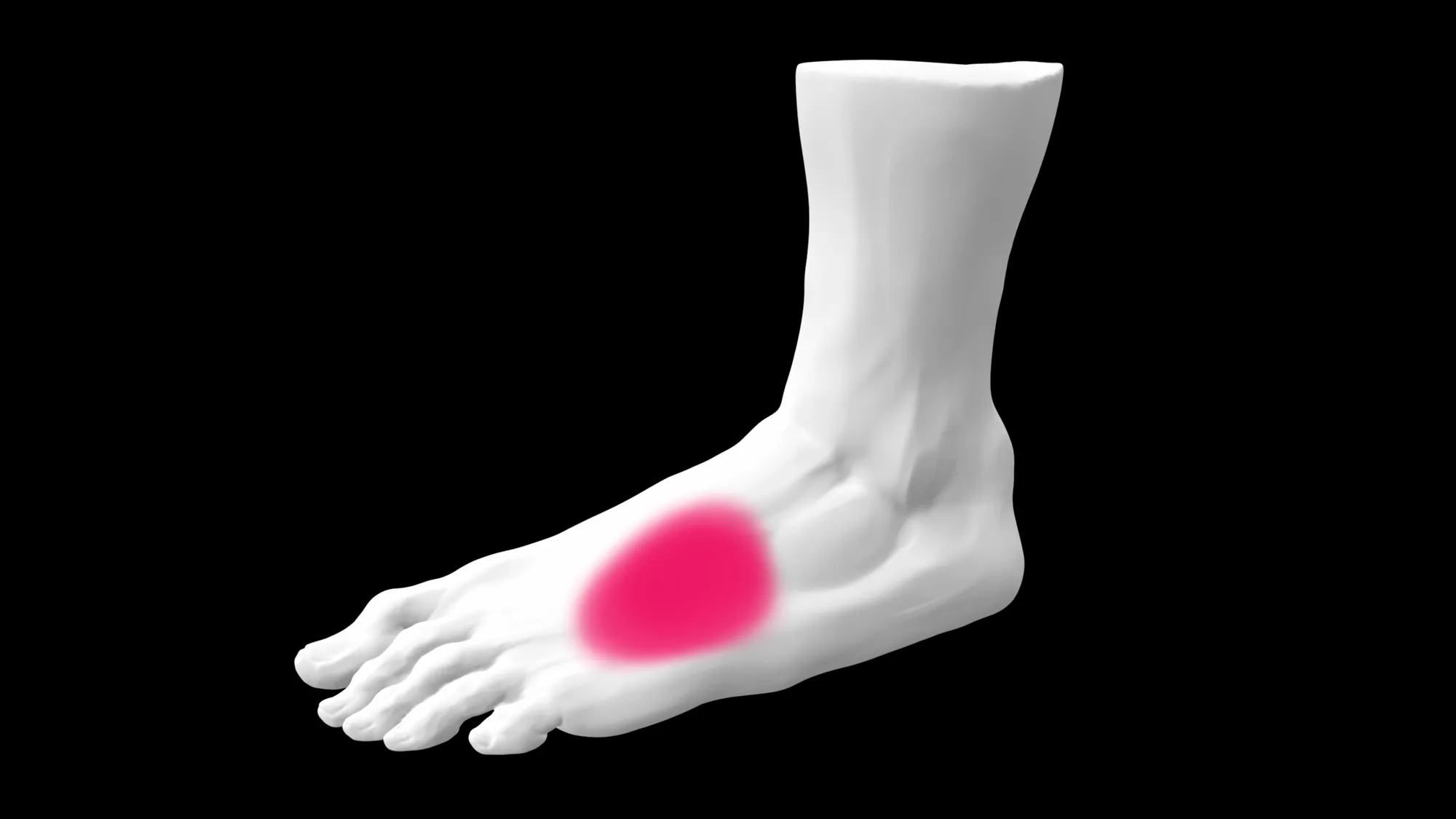4 ways to figure out your foot fails. Part 2

Feet play an essential role in the human body: they provide shock-absorption, softening the impact of walking and protecting our spine and joints from overload.
Causes of foot pain
In most cases, foot pain is caused by overtraining, fractures, or pathologies of tendons and joints. Athletic activities put a lot of stress on your feet, which may lead to a wide range of injuries. Not enough rest or the wrong exercise technique could result in fractures, tendonitis, or muscle ruptures.
However, there are other factors contributing to foot problems:
• Poorly fitting footwear
• Inflammatory processes
• Nerve entrapment
• Arthritis, and so on.
Diagnosing foot problems
Pain in between your toes could also indicate Morton's Neuroma, a benign thickening of the tissue around one of the nerves leading to your toes caused by excessively tight, high-heeled shoes and flat-footedness. An orthopedic surgeon’s consultation is required to cure the condition and avoid complications.

If you experience pain on the inside of your ankle and have trouble flexing and unflexing your toes, these are possible signs of Ligamentitis. This condition may be triggered by excessive strain on your foot and most frequently occurs in people with weak foot and lower leg muscles who wear shoes with low shock absorption.

Ligamentitis can also occur in the lower part of your shin and cause painful sensations. Its contributing factors include flat-footedness in combination with physically demanding work. To prevent it, you should wear stress relief insoles with arch supports.

Patients with toe Extensor Tendinitis experience similar pain on the top of their feet, often as a result of wearing shoes that are too tight or narrow.

A common treatment for ligamentitis and tendinitis includes anti-inflammatory therapy and rest from physical exercise and other types of exertion.
Self-treatment is not advisable. Should you experience any of the described symptoms, it is always best to consult a doctor for diagnosis and treatment to avoid the risk of developing a severe condition.
Sources: